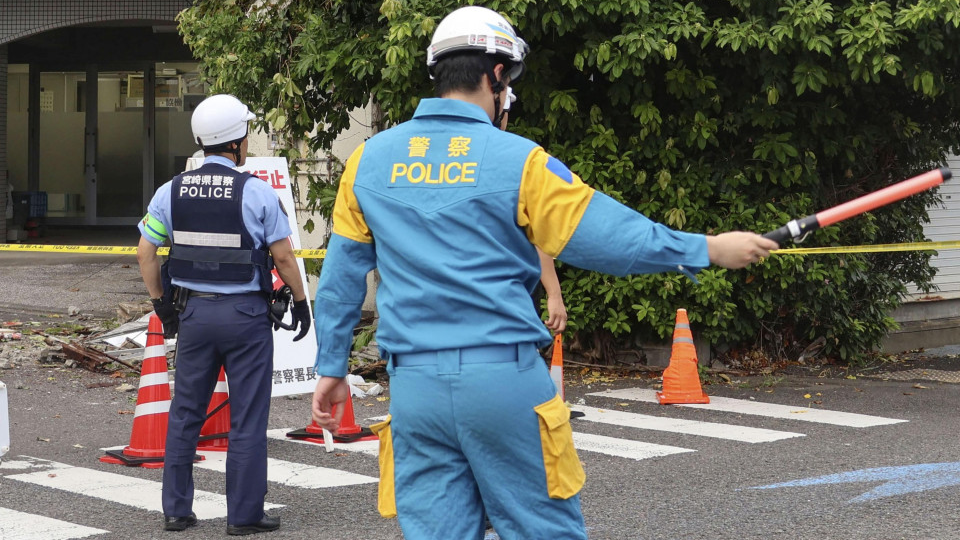Preliminary
6.3 Loc 36 km al Northeast of Arriaga, Chiapas 05/08/24 13:02:58 Lat 16.43 Lon -94.17 Pf 10 km
6.3 Loc 36 km al Northeast of Arriaga, Chiapas 05/08/24 13:02:58 Lat 16.43 Lon -94.17 Pf 10 km
Updated toPreliminary
6.3 Loc 36 km al Northeast of Arriaga, Chiapas 05/08/24 13:02:58 Lat 16.43 Lon -94.17 Pf 10 km
Time
2024-08-05 13:03:00 (UTC-06:00)
Location 16.909°N 93.817°W
Depth 146.0 km
Big Earthquake Potential. There are indications that August 2024 will be a critical month with the potential of a mega-thrust earthquake, maybe around the 9th, but more likely around the 20th. Be on extra alert, just in case. SSGEOS

Thanks Puma. Looks pretty intense on a recent USGS map:Strong Earthquake M5.2 in California. About 67 aftershocks so far, the largest of magnitude 4.5
M 5.2 - 23 km SW of Lamont, CA
2024-08-07 04:09:56 (UTC)
35.111°N 119.092°W. 11.7 km depth
USGS earthquake alert
View attachment 99864
View attachment 99865
View attachment 99866
My neighbor asked me about that one. Evidently he felt it. I didn’t, but I looked it up on my QuakeFeed app and there were dozens upon dozens of those 67 aftershocks in the same period in the 3.3-3.9 range.Strong Earthquake M5.2 in California. About 67 aftershocks so far, the largest of magnitude 4.5
M 5.2 - 23 km SW of Lamont, CA
2024-08-07 04:09:56 (UTC)
35.111°N 119.092°W. 11.7 km depth
USGS earthquake alert
View attachment 99864
View attachment 99865
View attachment 99866
SSGEOS forecast a 70% probability of a M ≥ 7.0 earthquake in approximately the next three days.
○ Planetary geometries (UTC)▪︎Venus, Sun, Neptune/ August 07/ 15:00
▪︎Venus, Mercury, Earth/ August 08/ 03:00
▪︎Venus, Mercury, Mars/ August 08/ 13:27
Venus, Sun, Neptune is something that cannot be underestimated the last time this configuration occurred was in September 2018 and a M7.5 earthquake occurred in Indonesia with a large tsunami. Venus connected to outer planets with specific geometry is always something to watch out for and this will occur on August 07.
No M6+ earthquakes have occurred after the critical Mercury, Venus, Uranus planetary geometry of August 4. In the last days the interplanetary Magnetic Field exceeded 10nT so we could expect some significant event.○Total IMF reached 9 nT at 03/2004 UTC
○Total IMF reached 19 nT at 04/1251 UTC
○Total IMF reached 21 nT at 05/0002 UTC


